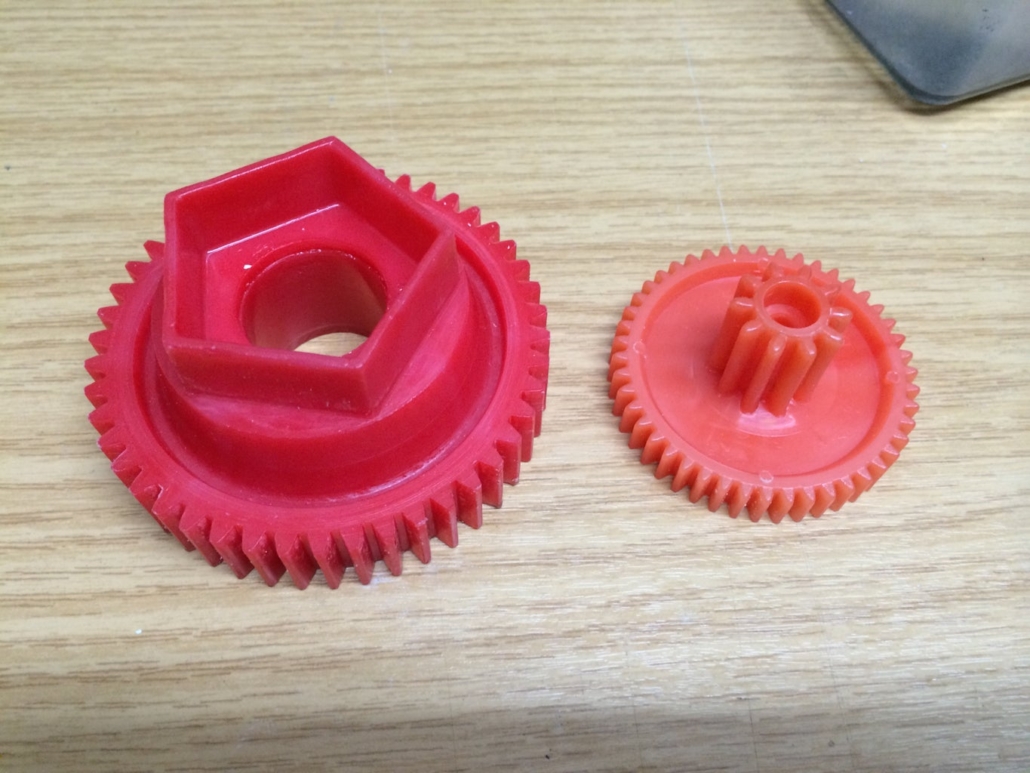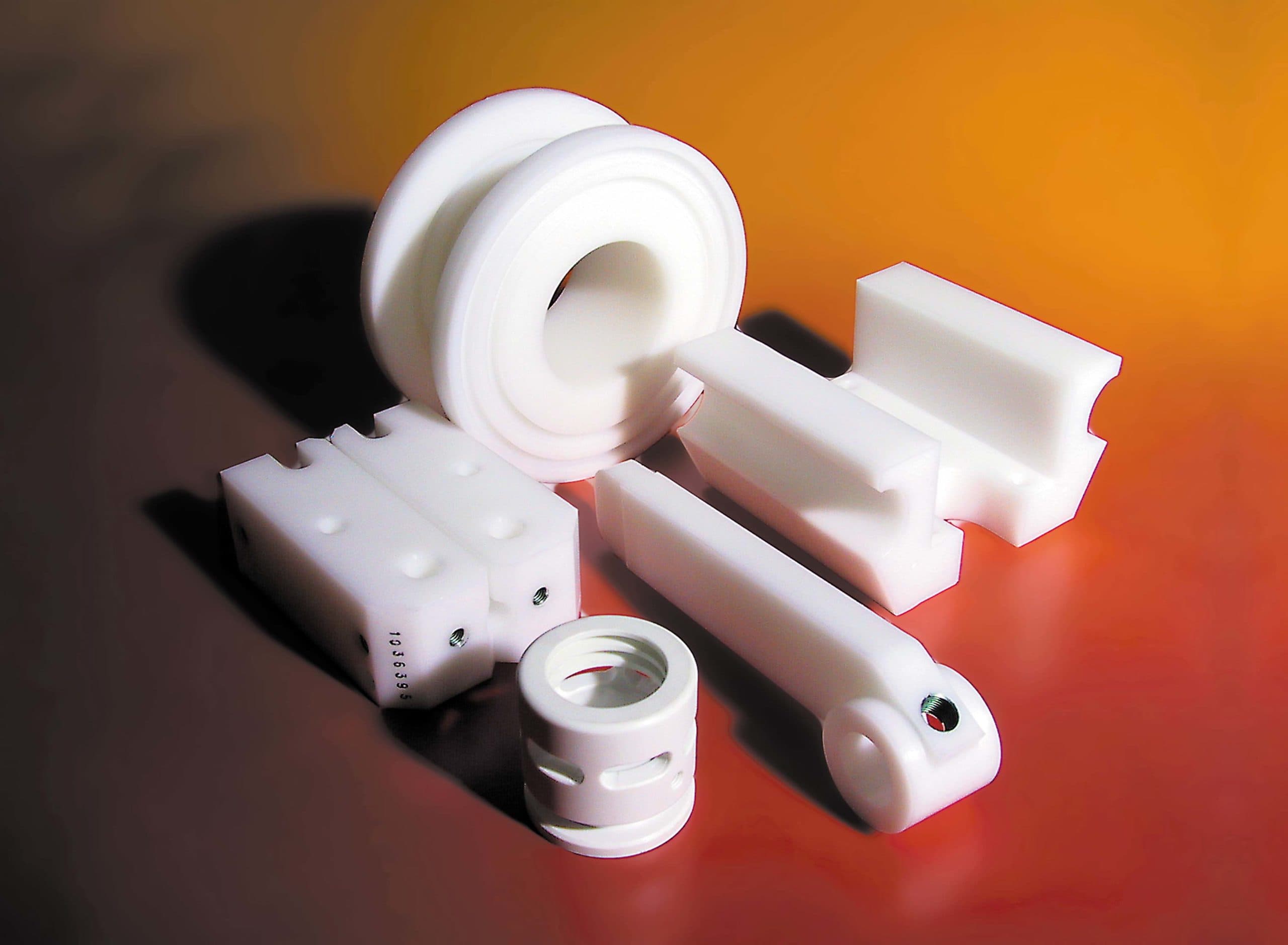Vacuum Casting is a copying technique used for the production of small series of functional plastic parts. Using two-component polyurethanes and silicone molds, Vacuum Casting is known for its fast production of high-quality prototypes or end-use products.
Vacuum casting or Urethane casting services from CHEMZEST to produce plastic parts to a few hundreds of high quality, textured, coloured & functional parts that ensure that the parts are reliable and suitable for fit and function testing & marketing purposes.
VACUUM CASTING SERVICES
- We offer a complete turnkey solution for creating master patterns and cast copies based on your CAD designs.
- We not only make high quality moulds, but also offer a full line of finishing services including painting,sanding,pad printing and more.
- We will help you to create parts with high accuracy and faster turnaround.

VACUUM CASTING PRODUCTS




MATERIALS USED IN VACUUM CASTING
Materials used in Vacuum Casting include thermoplastics, rubbers and resins, all of which can emulate specific properties and characteristics including degrees of Physical appearance quality.



Preparation of Masterpattern
There are three steps to making polyurethane vacuum cast parts: making the master pattern, making molds and casting the parts.
Step 1. Master Patterns
Patterns are 3D solids of your CAD designs. They are usually made by CNC machining or with 3D plastic printing such as SLA/SLS. You can supply your own patterns or we can make them for you. Patterns need to be able to withstand heating to 40°C. A master pattern can be any physical solid of your design.
Step 2. Making the Molds
Casting molds are made from liquid silicone. This silicone is poured around the master pattern inside of a casting box, and then allowed to cure in an oven for 16 hours. Once dried, the mold is cut open and the master removed, leaving behind an empty cavity in the exact negative shape of the original.
First the pattern must be carefully prepared, and that means sanding and sealing the surface with primer. Once it’s ready, it’s placed into a casting box and liquid silicone is poured around it. Depending on the size of the part, it can take 12~24 hours to fully cure inside of an oven. Once dried, the mold is cut open and the master removed, leaving behind an empty cavity in the exact negative shape of the original.
Step 3. Casting Copies
Your choice of casting resins can now be poured into the empty cavity to create a highly accurate copy of the original. It’s even possible to overmold with two or more materials. Silicone molds are typically good for 20 or so copies of the master pattern.

